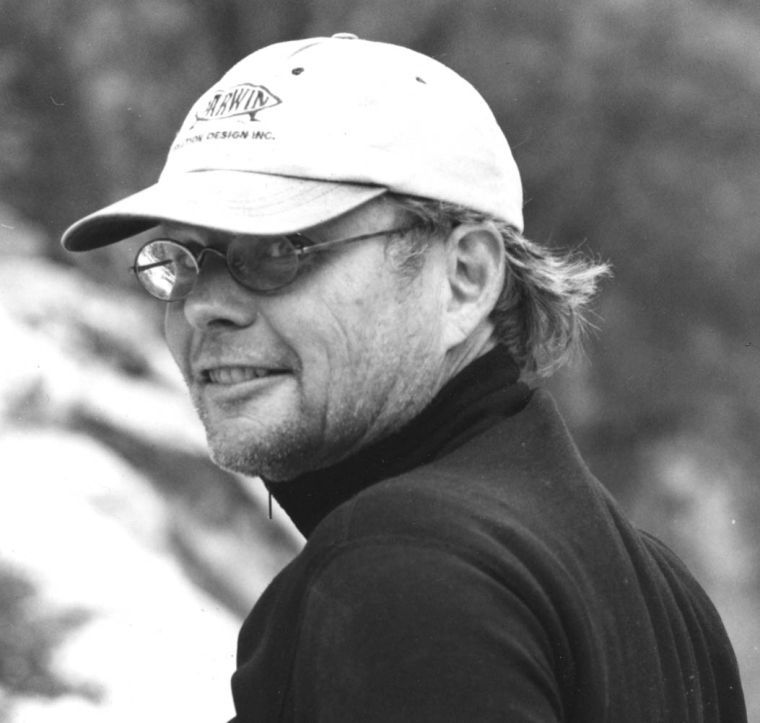I’m back from a few days in Washington D.C. Hoping to better understand the opposition to new national monuments, I attended the hearing on four bills that would limit the President’s power to use the 1906 Antiquities Act to create national monuments. I still don’t understand.
If the current bills sponsored by Representatives Chris Stewart, Rob Bishop, and Jason Chaffetz had been in effect, four of Utah’s five National Park might not exist. Zion, Bryce, Capitol Reef, and Arches were all designated National Monuments before they became National Parks.
In his opening remarks at the House Natural Resource Committee meeting on Tuesday, Chairman Rep. Bishop insisted that monuments hurt rural communities economically, and will fight any more in Utah.
He referred to Wyoming’s 1943 State law making new National Monuments illegal there. Congressman Stewart’s bill is similar, making it illegal for the president to create or expand a national monument in Utah without congressional consent.) Wyoming’s bill came as a reaction to the recent designation of Jackson Hole National Monument which later became Grand Teton National Park, Teton County is has the highest per-capita income in America due largely to the attraction of this spectacular place.
What was Carbon County Commissioner John Jones thinking when he said that the 1996 designation of the Grand Staircase/Escalante National Monument has been devastating to the local economy?
Had he forgotten how irate members of the Escalante Chamber of Commerce were with their Mayor Jerry Taylor, on his return from Washington after he lied to this same committee by making similar comments at a hearing in 2011?
Pro-Monument Committee Minority leader Raul Grijalva (D-AZ) reminded the group that 16 of the 19 Presidents in office since 1906 have used the Antiquities Act to create Monuments to protect large significant areas only after all other conservation efforts had failed.
Remember that Clinton designated the Grand Staircase/Escalante National Monument only after a lengthy process to designate wilderness in Southern Utah fizzled. Grijalva referred to the recent dearth of new wilderness (never, since the Wilderness Act of 1964 was signed has America gone this long without designation of new Wilderness), that 23 new bills have come before congress, only 10 received a hearing, and none have moved.
Protecting Federal land is yet another example of the polarization we’re feeling in America. As with guns and gay marriage, the politicians ignore that the majority of American people care deeply for their public wild land (74 percent of Utahns according to a January poll).
This doesn’t make sense unless we consider that a fourth divisive issue is at play here: Citizen’s United or corporate personhood. Opposition to National Monuments and protection of wild, federally owned land doesn’t make sense unless you’re Bishop or Chaffetz or Stewart or any of the politicians who get paid by the corporations who profit while creating the threats which Monument and Wilderness designations are designed to protect these unique lands from. This makes sense.
Besides the hearing, I had other events scheduled. I heard speeches by Senators Jon Tester and Tom Udall (from Montana and New Mexico respectively) who are doing everything they can to protect public lands, reminding me of the static political desert we live in here in Utah.
Sally Jewell, two days into her new position as Secretary of Interior, expressed her long held conviction to protecting America’s Public Lands, especially National Parks and Monuments. I talked to a thirty-year Interior Department employee, who after two days feels more a part of Jewell’s team than she ever felt with Secretary Salazar.
I met Rush Holt (D-NJ), the new House Sponsor for America’s Redrock Wilderness Bill and couldn’t believe how much love and commitment he has for Utah’s unique landscapes. My hope for politically protected public land in Utah continues to rest on the shoulders of leaders from beyond our borders.
Tom Udall talked about the commitment his family, particularly uncle Morris, and his father, Stewart had to public lands. Recall that it was Secretary of Interior, Stewart Udall, who dreamed of Canyonlands after first seeing the area in 1961.
Canyonlands is the one National Park in Utah that was not first a National Monument. By the birth of the Park in 1964, congress had given into familiar political pressure (Utah’s Governor Clyde suggesting that the area shouldn’t be ‘locked up’ as we might need all that sandstone one day for ‘building material”) boundaries had been significantly reduced from what Udall envisioned. President Obama can now use his powers to expand this unique, spectacular, wild landscape to its natural boundaries by signing into law The Greater Canyonlands National Monument. This would make sense.



